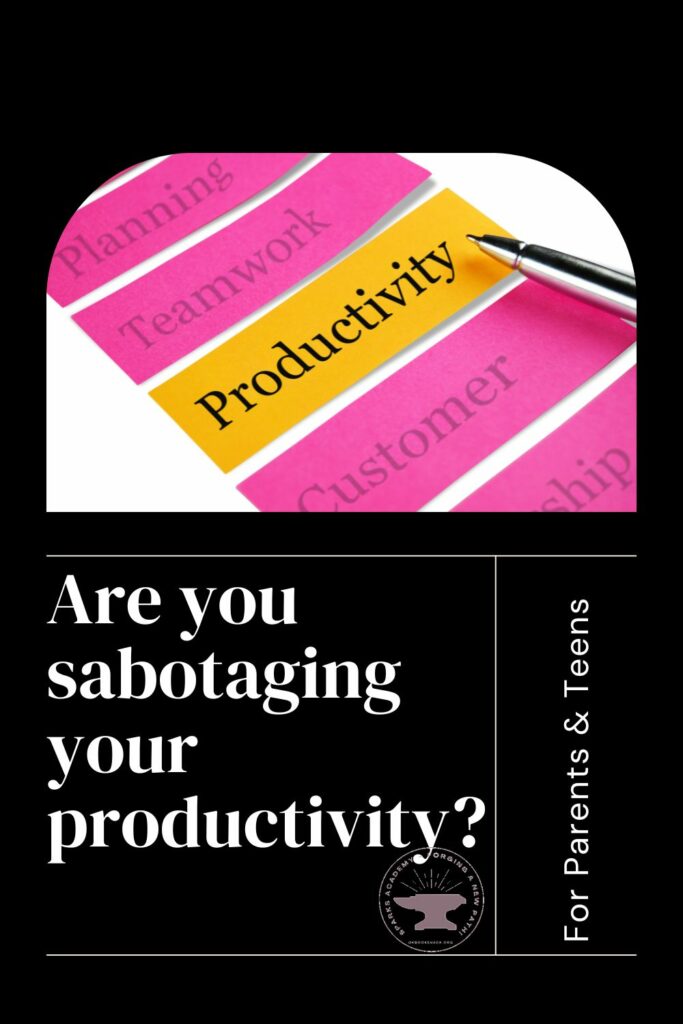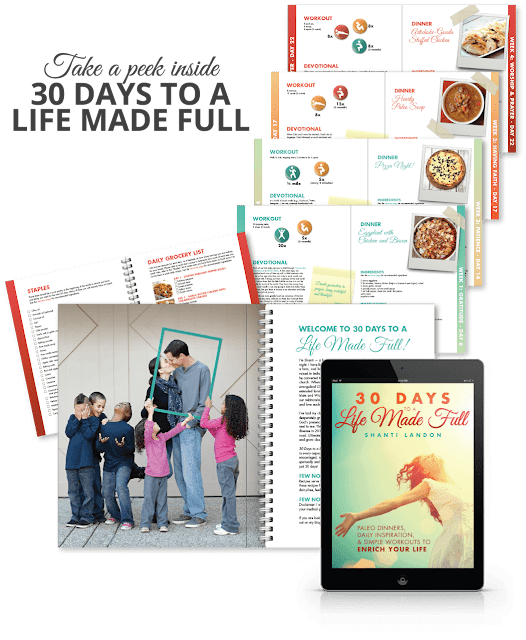10 Blunders That Are Sabotaging Your Student’s Productivity
Are you struggling to find productivity in your day-to-day? Are you feeling like you are constantly putting out fires and not making any progress on the things that matter most to you? If so, you’re not alone. Many people struggle with productivity because they are making some common mistakes. In this blog post, we will discuss 10 blunders that are sabotaging your personal productivity. Once you become aware of these mistakes, you can start taking steps to correct them and finally get stuff done!

Blunder #1: Not Having a Plan
One of the biggest productivity killers is not having a plan. If you don’t know what your goals are or what steps you need to take to achieve them, it’s going to be very difficult to get anything done. You will likely find yourself spinning your wheels and getting nowhere fast. Take some time to sit down and figure out what you want to achieve. Once you have a goal in mind, break it down into smaller steps that you can take to get there. Having a roadmap will help keep you on track and prevent wasted time.
This will get you nowhere fast on both the little things AND the big things. When looking at the major life decisions for what comes after high school, it’s easy to get stymied by all the “what ifs.” Do a little research and choose a path, you can always course correct later. Download the free Homeschooling Help book or pick up the High School to College course.
Blunder #2: Not Breaking Down Tasks Into Smaller Steps
Another common mistake people make is not breaking down tasks into smaller, more manageable steps. When you have a big project or goal that seems overwhelming, it can be tempting to just try to power through it without taking the time to break it down. However, this usually leads to frustration and a feeling of being stuck. Instead of trying to tackle the entire project at once, break it down into smaller steps that you can complete one at a time. This will help you stay focused and make progress until the task is done.
Something I’m always telling the students at Sparks Academy, particularly as they begin to tackle large assignments, is – “How do you eat an elephant? One bite at a time!” A racer runs a marathon one mile at a time. And a good student tackles a large project one chunk at a time.
Blunder #3: Not Scheduling Time for Important Tasks
If you don’t schedule time for the things that are important to you, they will likely never get done. It’s easy to fill up your day with busy work and put off the things that really matter, but this will only lead to frustration. Make sure you schedule time for the tasks that are most important to you, and stick to that schedule as much as possible. This will help ensure that you are making progress on the things that truly matter.
The ability to prioritize important tasks, culling the wheat from the chaff, is a hallmark of a good leader, and leadership skills are important for all kinds of successes in life, from employment to relationships. See how to boost your leadership skills here.
Blunder #4: Not Having a Dedicated Workspace
One of the biggest productivity killers is not having a dedicated workspace. If you are constantly working in different locations, it can be difficult to stay focused and get things done. Make sure you have a designated space that is just for work. This will help you stay focused and avoid distractions.
It’s possible to work from your kitchen table, but having a private workspace makes getting into the study zone much easier. Having set work hours and visual cues, such as a small sign or wearing headphones, will let well-meaning family members know you’re working.
Blunder #5: Not Taking Breaks
It might seem counterintuitive, but taking breaks can actually help you be more productive. If you are working non-stop, you are likely to get burnt out and make mistakes. instead of trying to power through, take a break every few hours to recharge. This will help you stay focused and avoid errors.
Your break can be a walk around the block, shooting some hoops with a sibling, or picking up a musical instrument for a bit. It could be having a snack or taking a field trip to town — after all, every field trip doesn’t have to be long and / or exotic…
Blunder #6: Not Staying Organized
Another common mistake people make is not staying organized. When you are constantly trying to find things, it can be very frustrating and time-consuming. Make sure you have a system in place for organizing your work so that you can find things quickly and easily. This will save you time in the long run and help you stay on track.
Get a hold on this with the Rise & Shine Student Planner. Each month contains an at-a-glance calendar, with space for notes and a to-do list. Weekly pages are broken down by day, and daily pages provide space for habit tracking, notes, meal planning, and an hourly planner.
Blunder #7: Trying to Do Too Much
One of the biggest productivity killers is trying to do too much at once. When you are constantly jumping from one task to another, it can be difficult to focus and get anything done. Make sure you are prioritizing your tasks so that you are only working on the most important things. This will help you stay focused and avoid feeling overwhelmed. Having a plan will help you keep on task.
Blunder #8: Procrastinating
One of the biggest productivity killers is procrastination. When you put off tasks, they tend to pile up and become even more daunting. Make sure you are staying on top of your tasks by setting deadlines and holding yourself accountable. This will help you avoid feeling overwhelmed and ensure that you are making progress.
Are you easily distracted, noticing every sight and sound around you? When working on a task, are you often side-tracked and have a difficult time focusing? Procrastination is one of the hallmarks of distractibility. Learn how to focus more easily, which will help your studying.
Blunder #9: Not Getting Enough Sleep
One of the biggest productivity killers is not getting enough sleep. When you are tired, it can be difficult to focus and get things done. Make sure you are getting enough rest so that you can be productive during the day. This will help you avoid feeling exhausted and ensure that you are able to focus on your tasks.
Eliminate this blunder with the New Year, New Me Habit Tracker. This reusable calendar features monthly at-a-glance pages and weekly pages with space for notes and planning. Each week also has a habit tracker grid to help keep the momentum going with your new habits!
Blunder #10: Not Eating Healthy
Another common mistake people make is not eating healthy. When you are not getting the proper nutrients, it can be difficult to focus and stay on task. Make sure you are eating a balanced diet so that you can maintain your energy levels and avoid feeling sluggish. This will help you stay focused and productive throughout the day.
It may take some adjustments in your shopping and cooking habits, but eating real food (and not nuking it in the microwave) is so much healthier for you! Your body will appreciate the difference, and after a little bit your mood will improve as you begin to feel more energized. Check out the No Sweat! Cooking Bundle for quick, easy, and healthy meal ideas.
There are many common mistakes that people make that can stand in the way of their personal productivity. By avoiding these mistakes, you can ensure that you are able to stay focused and get things done. Make sure you try to implement some of these tips so that you can increase your productivity and achieve your goals.
-
 Unit Study Planner$5.00
Unit Study Planner$5.00 -
 Homeschool Planner$9.99
Homeschool Planner$9.99 -
 Through the Door: Homeschool to College Success!$17.00
Through the Door: Homeschool to College Success!$17.00
.jpg)




.jpg)









.jpg)


.jpg)


